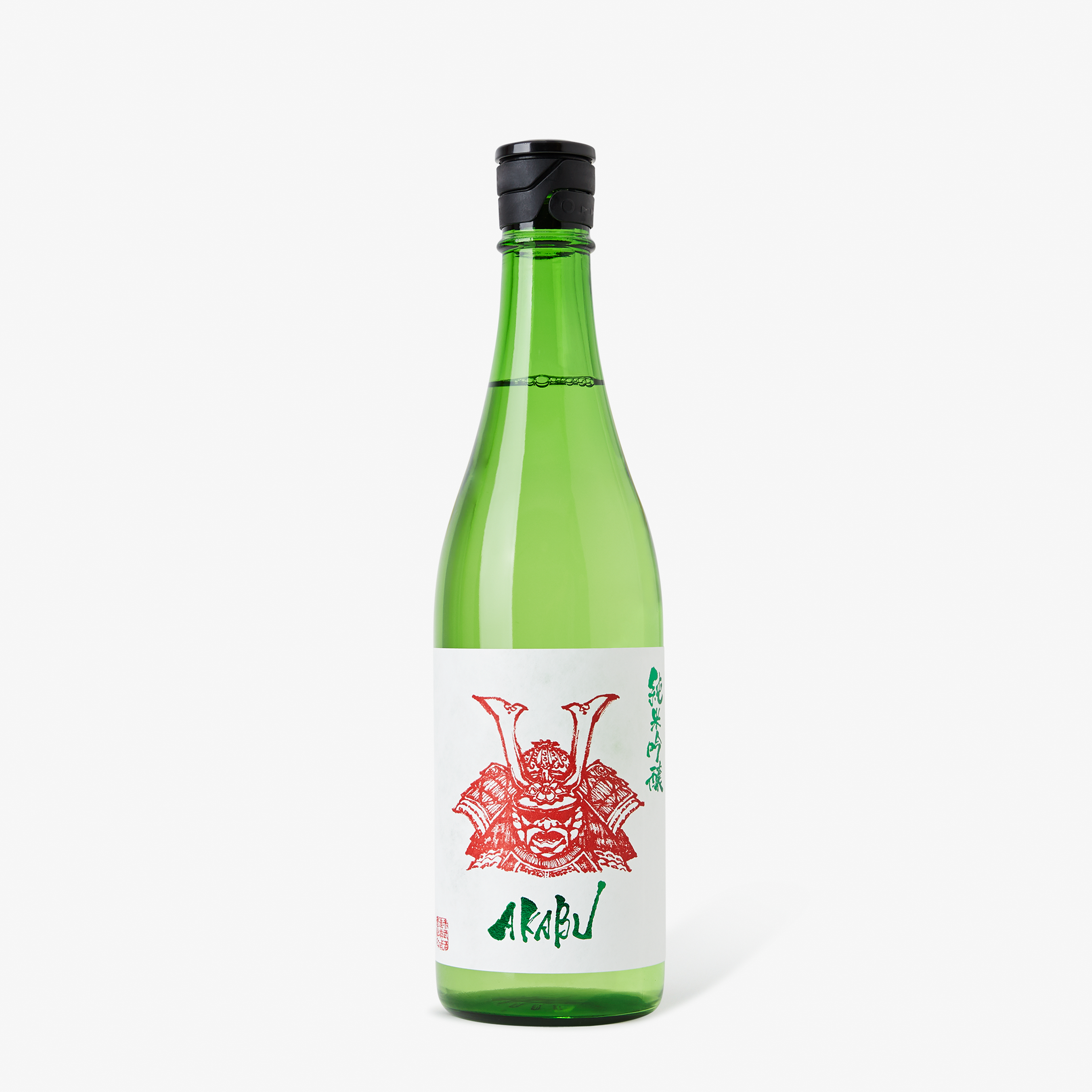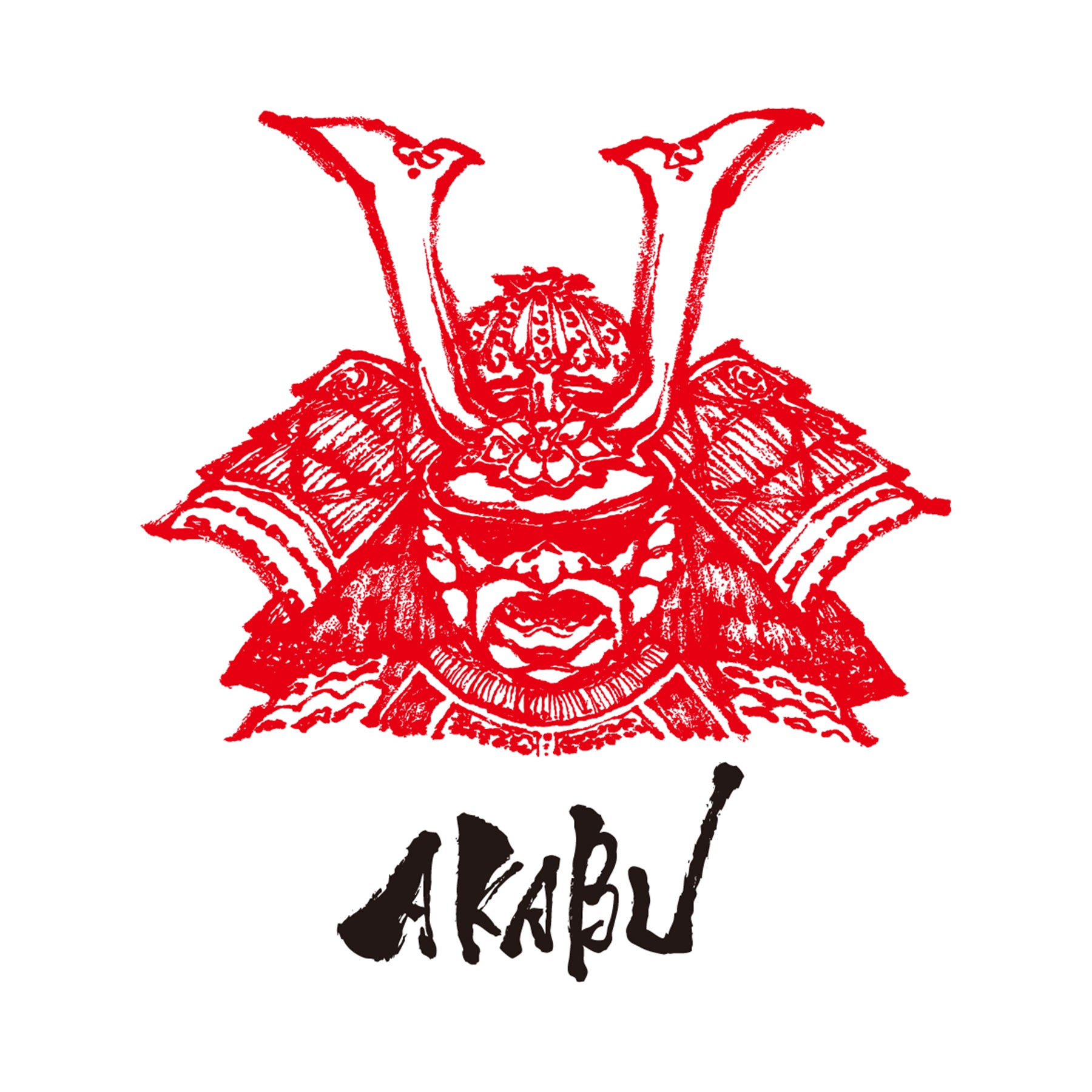

About Akabu

skip carousel
18 Jahre oder älter?
Leider sind die Inhalte dieses Shops für jüngere Besucher nicht zugänglich. Schauen Sie wieder vorbei, wenn Sie älter sind.




Established in 1896, the brewery was originally located in Otsuchi-cho on the coast of Iwate Prefecture. After the earthquake disaster in 2011, the Kura was rebuilt in Morioka City after two years. Led by Ryunosuke Furudate, the sixth-generation brewer and toji (master brewer), the brewery honors the traditions of the Nanbu Toji, a sake-brewing legacy from Iwate Prefecture, while integrating advanced microbiology and modern technology. Brewing sake is a delicate dialogue with living organisms, it cannot rely solely on experience-based intuition or calculations. Ryunosuke mentioned: “every day, we carefully observe the subtle changes in fermentation, from the movement of bubbles to the nuances of aroma, using our sharpened five senses to craft the finest sake”. With a vision to make sake more accessible to younger generations, Akabu create brews with a fresh, clean sweetness and refined aroma. To leave a lasting impression on first-time drinkers, the brand name AKABU was chosen in Roman characters instead of kanji. The label features a striking red samurai illustration, symbolizing the spirit of Akabu.
Several times a year, we travel through Japan — dining, tasting, and seeking out bottles that stand out again and again. When they do, we visit the brewery and begin the slow process of building trusting relationships. Many of these brewers don’t export at all, so it can take years before we’re able to bring their sake to Berlin. Unlike traditional import models with many intermediaries, we keep a direct pipeline and a strict cold chain in 5° C — from the brewery to our cooling cellar in Kreuzberg — ensuring every bottle here tastes exactly as it does in Japan. Our Sake Club plays the role of custodian for each brewery, ensuring their unique taste, history, and spirit travel from Japan to our community with care and respect.

It depends on the sake variety. Most sake is best consumed within one to two weeks if kept in the fridge. After that, delicate varieties such as junmai ginjō and junmai daiginjō quickly lose their fruity, floral aromas. Sparkling sake is best enjoyed within one to three days after opening, as it loses carbonation quickly.
Yes. Sake should always be stored in the fridge at a temperature below 8°C. Refrigeration is especially important for nama-zake and to preserve the delicate freshness of ginjō sake. Warm temperatures accelerate oxidation and spoilage.
Enjoy it while it’s fresh! Most sake is best consumed within about a year of leaving the brewery. Nama-zake, in particular, tends to lose its vibrant character after just a few months. Ginjō styles generally have a shorter shelf life than honjōzō and junmai varieties, and are best enjoyed within around ten months.
Sake generally has a higher alcohol content than beer or wine, ranging from 12% up to 18% ABV. The average is around 14.5%.
Yes. Our strict cold-chain import process is essential. All sake is shipped directly from breweries in Japan under strict quality control. It travels in refrigerated containers from Yokohama to Hamburg and is carefully handled until it reaches Berlin, where it is stored in our temperature-controlled cellar.
Yes. At Our Sake Club, we offer guided sake tastings to explore the wide variety of aromas, flavors, and styles. During opening hours, you can enjoy our classic sake flight — a tasting of three different sakes. We also offer seasonal and mainstay selections by the glass. If you fall in love with a particular sake (as often happens!), you can open a bottle to enjoy on-site or take it home.
Yes. We collaborate with local Kreuzberg restaurants Zum Heiligen Teufel and Merold to offer a curated selection of small bites designed to pair with our sake and showcase its versatility.
Yes. For private event inquiries, please contact us at info@oursake.club .